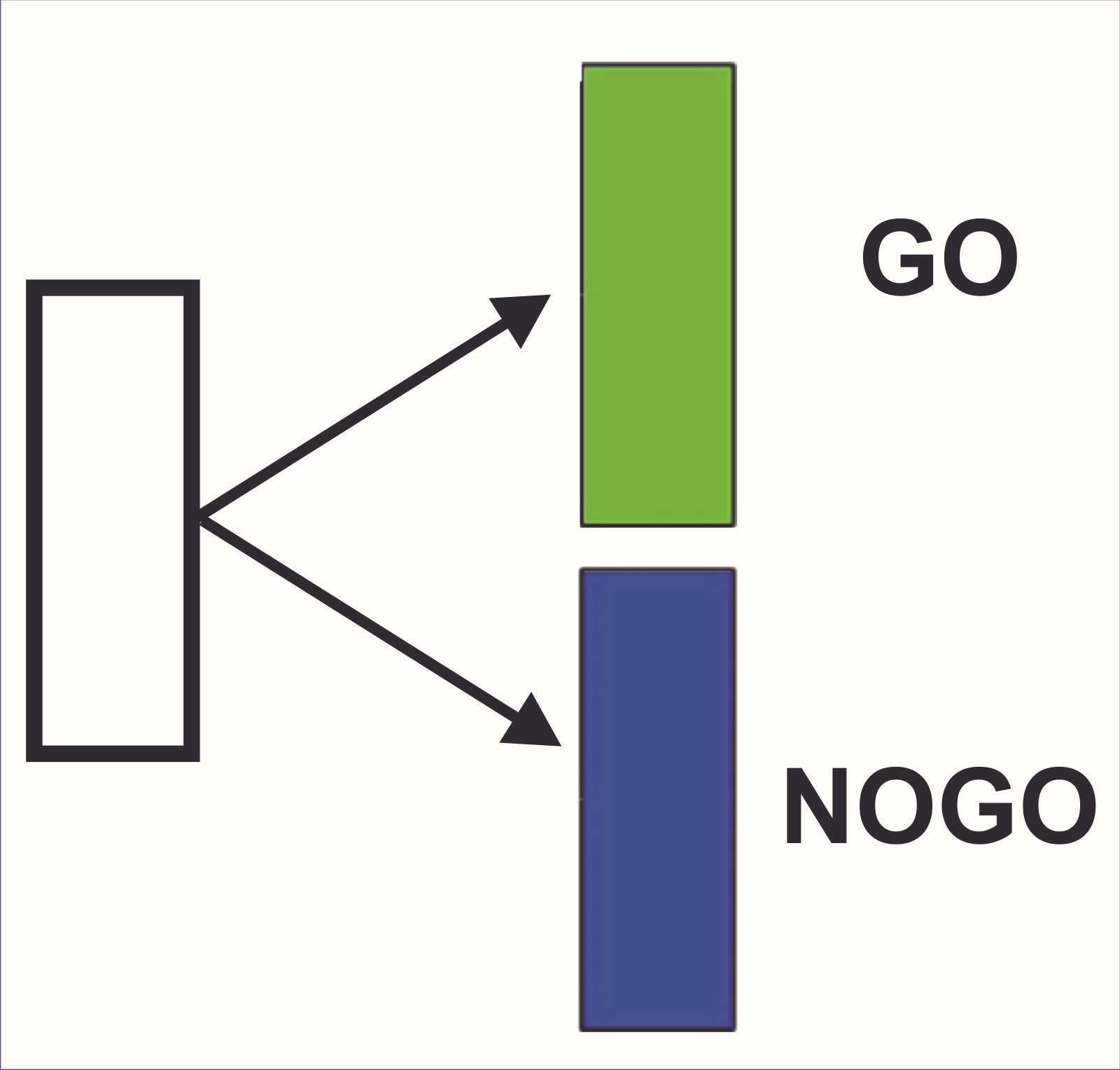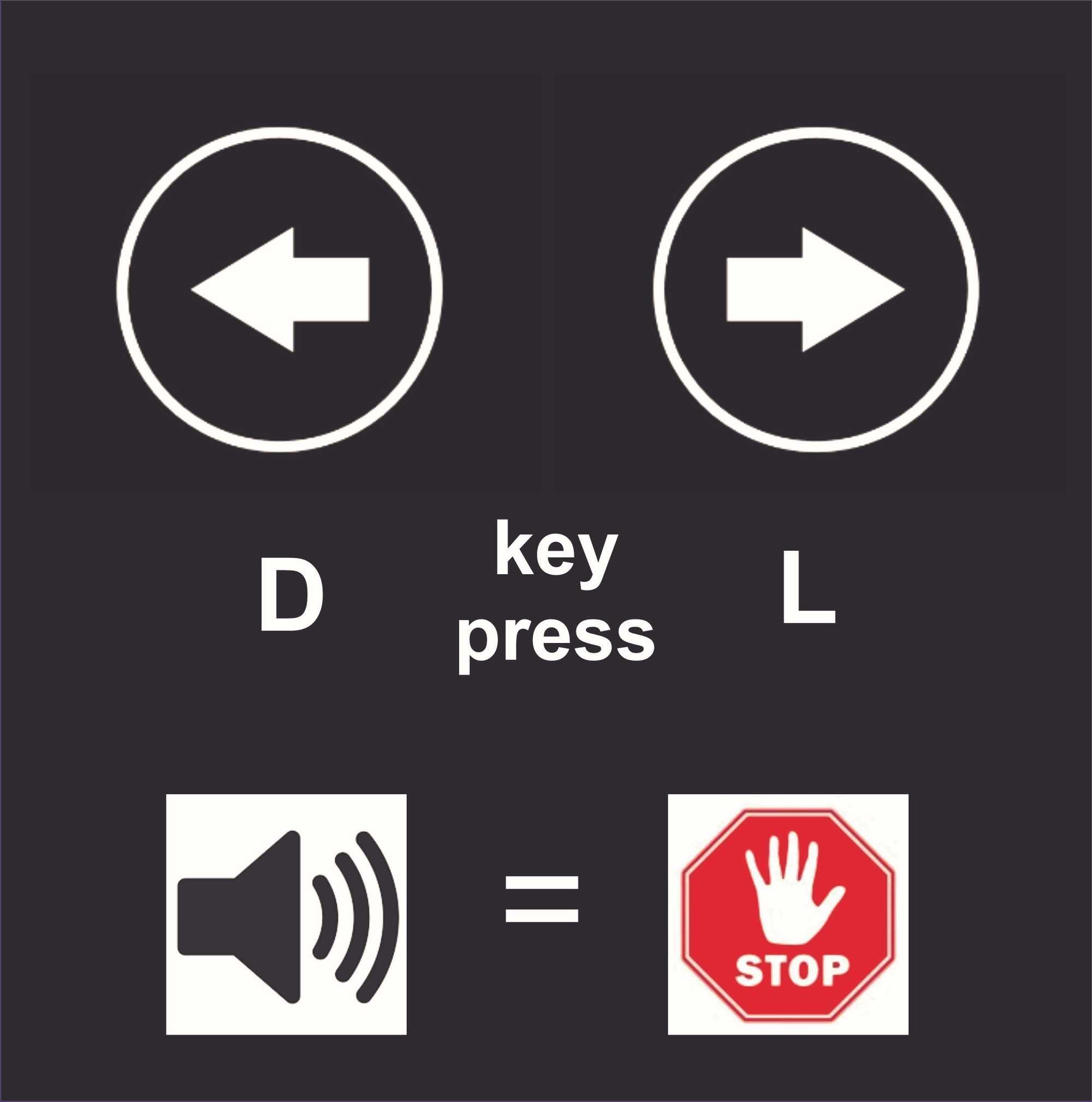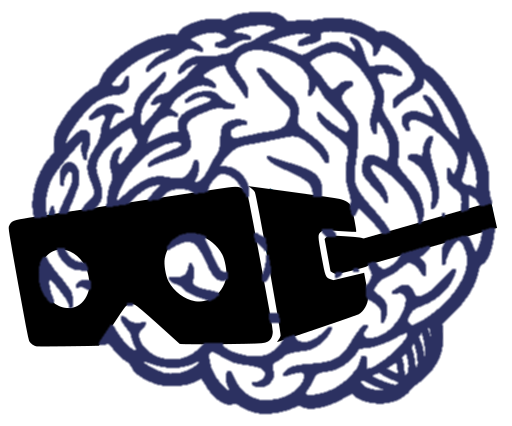
Our VR center was involved in the project with the title "Pathophysiological constituents of neuronal circuits in OCD: Translational study targeting glutamatergic regulation in the anterior cingulate cortex". This study consisted of a total of three consecutive parts – the first part consisted of a medical evaluation of the clinical condition of a patient with obsessive-compulsive disorder; the second part consisted of the patent's psychological examination; and the third part included the patent's examination in magnetic resonance imaging (MRI). The part of the project that was closest to the theoretical focus of our VR center was the content of the psychological examination (the second part). During this part, we assessed in people with obsessive-compulsive disorder their ability to inhibit control – in simple terms, how they are able to control and suppress their reactions.
For this purpose, we used the Stroop test, two computer Go/No-Go tests, a Stop signal task, and a battery of virtual tests.
The Stroop test is a diagnostic tool aimed at evaluating executive functions, selective and focused attention, speed of information processing, and – an important function for our research – cognitive processing of conflict.
The general principle of the so-called Go/No-Go tests is a motor response to one stimulus ("go" stimulus) and inhibition of the response to another stimulus ("no-go" stimulus). In our research, we used two Go/No-Go tests. The first of these was selected from the PEBL (Psychology Experiment Building Language) test battery. We run the second Go/No-Go test using the Inquisit 3 program, which – similarly to PEBL – is used to create and administer psychological experiments.
For the Stop signal task, we again used the Inquisit 3 test battery. In the test, the respondent reacts to appearing "go" signals similarly to the Go/No-Go test. Although there are no "no-go" signals (stimuli that should be ignored), the respondent has to withhold his response when a stop-signal (a short drawn-out sound) is presented shortly after the presentation of the "go" signal.

The psychological examination also included the use of two virtual tests focused on the ability to navigate in the environment of a circular arena displayed on a computer monitor. In the first test, the respondent had the task of avoiding a certain area. In the second test, on the contrary, the respondent had the task of searching for a similar area. We were interested in how people with OCD adapted to new conditions, as the target area changed its location and some of its properties.
The project was financed by the Czech Health Research Council (AZV CR) under the Ministry of Health of the Czech Republic, project No. 15-34524A. The principal investigator is prof. MUDr. Jiří Horáček, Ph.D., FCMA and the project title is "Pathophysiological constituents of neuronal circuits in OCD: Translational study targeting glutamatergic regulation in the anterior cingulate cortex".


